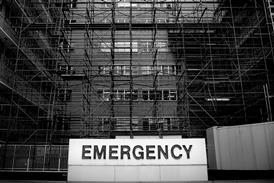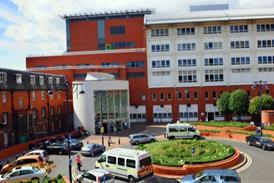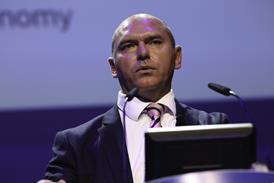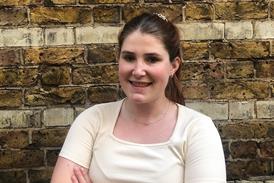The problem as to what constitutes cosmetic surgery and what is reconstruction could result in a worrying trend. By Stephen Mulgrew
In the wake of Sir Bruce Keogh’s review of cosmetic interventions, it is important to consider an issue that often faces the NHS. Where does cosmetic surgery begin and reconstruction end?
The following case highlights the grey area between the two and the perverse incentives that make rational agents behave in an irrational manner.
‘Are you not the doctor who fixed my friends ears? He said you’d do it but I’d have to pretend I’d cut them by accident.’
As long as no one is getting hurt, people can choose to do exactly what they want to themselves. The freedom to self-determination is a fundamental human right. Equally, under good medical practice, as a physician: “You must not unfairly discriminate against patients by allowing your personal views to affect adversely your professional relationship with them or the treatment you provide or arrange.”
Furthermore you “have an overriding duty to provide care for patients who are in need of medical treatment, whatever the cause of that medical need”2.
The case in question
A 17 year old, otherwise fit and well patient, presented to accident and emergency after “falling on to a fence”. He had caught his left “flesh ring” ear piece (an expanded ear piercing or “ear gauging”) and as a result the skin bridge had torn.
The options were, to repair the defect by suturing the ends or to correct the defect completely. The patient was insistent that he would like the defect repaired as he now regretted having it done at all and was finding it was hindering his chances at gainful employment. The repair was performed using a random pattern flap.
The patient asked if the other side could be done. As there was no trauma, I told him this would need to be referred by his GP, as this was technically a cosmetic correction. The patient was surprised but I explained that the traumatic injury to his left ear was within the remit of the NHS as it constituted reconstruction: however, the right ear would be regarded as cosmetic and therefore he would have to be assessed by the GP, then the exceptional treatment panel, then, hopefully, be accepted to have his cosmetic treatment.
He left A&E satisfied with this explanation.
Two hours later he returned to A&E, reporting that he had fallen over on the way home and cut his earlobe on some broken glass. As this was now a trauma, I corrected the defect.
Another story
The next week, while no longer on call, I was contacted by the A&E department who said a patient had asked for me by name. I went down to A&E to investigate to be greeted by another 17 year old who had also split his gauged ears. This time bilaterally.
When I asked why he’d asked for me he said: “Are you not the doctor who fixed my friends ears? He said you’d do it but I’d have to pretend I’d cut them by accident.”
I asked: “Was it not an accident?”
“No I cut them with scissors, but my friend said I’d have to lie, so I caught them both on a tree while cycling.”
The General Medical council says: “You must not allow any personal views that you hold about patients to prejudice your assessment of their clinical needs or delay or restrict their access to care.”
I booked him for the trauma list.
Stephen Mulgrew is an NHS surgeon



























No comments yet